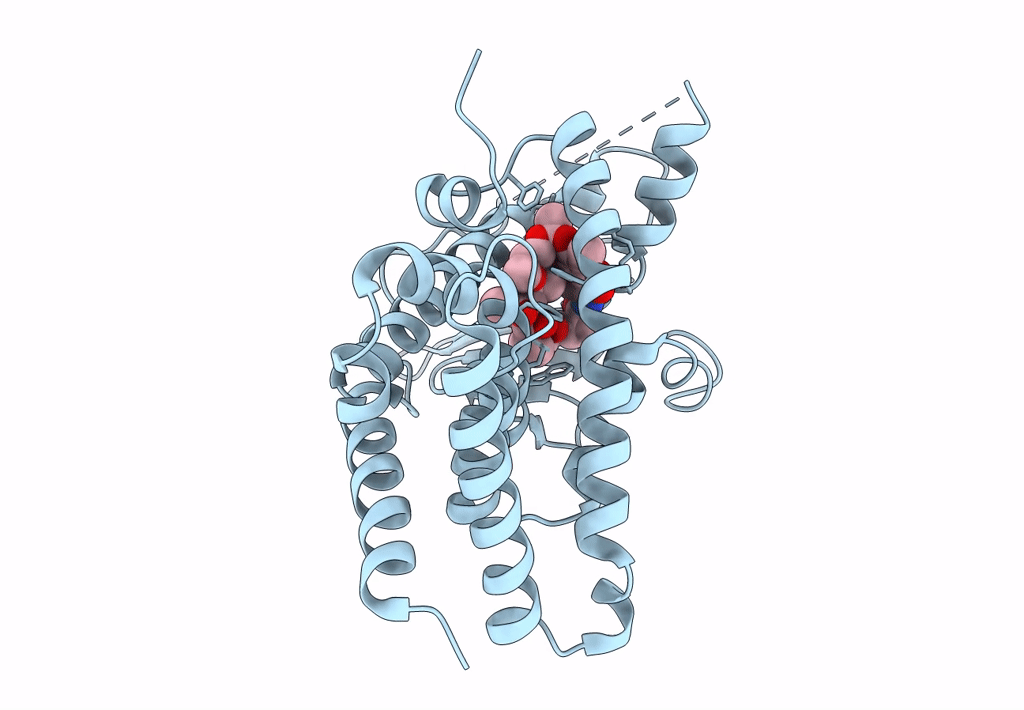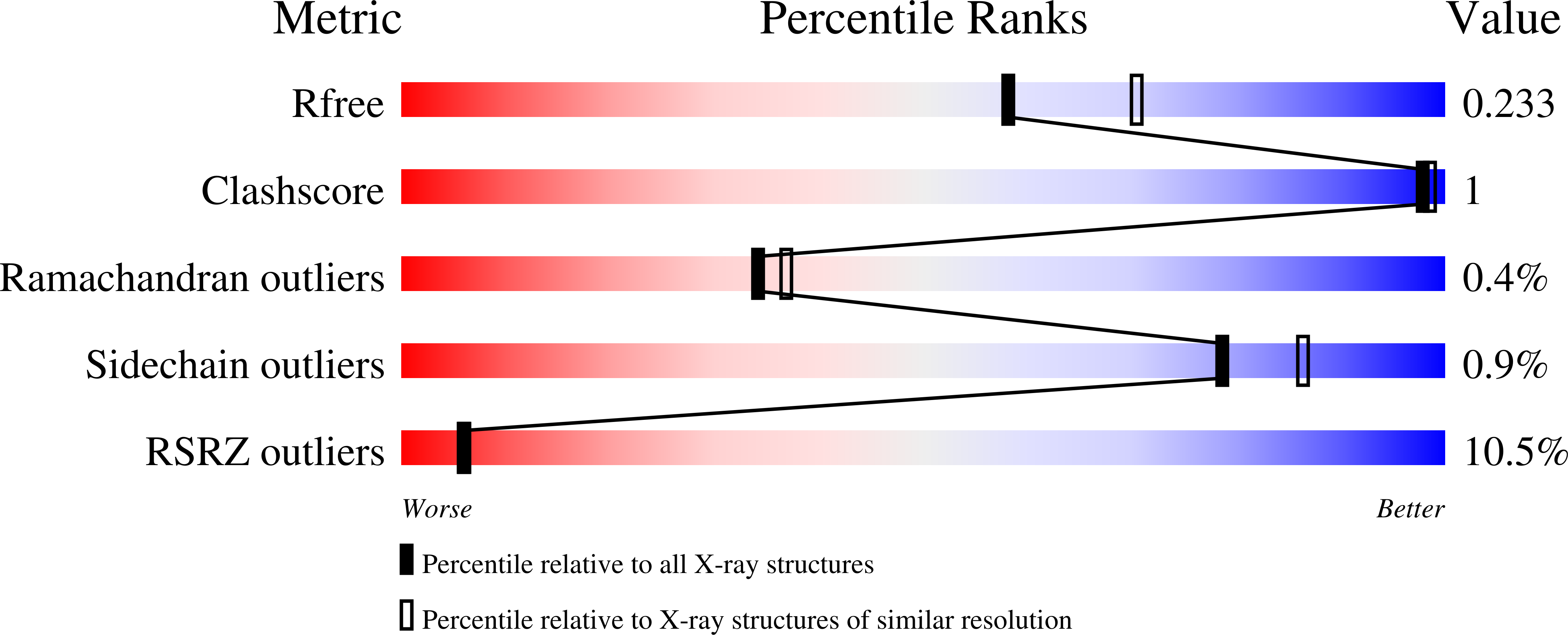
Deposition Date
2022-08-17
Release Date
2023-03-15
Last Version Date
2023-10-25
Entry Detail
PDB ID:
8E3N
Keywords:
Title:
Crystal structure of pregnane X receptor ligand binding domain complexed with rifamycin S
Biological Source:
Source Organism:
Homo sapiens (Taxon ID: 9606)
Host Organism:
Method Details:
Experimental Method:
Resolution:
2.25 Å
R-Value Free:
0.23
R-Value Work:
0.20
R-Value Observed:
0.20
Space Group:
P 43 21 2


